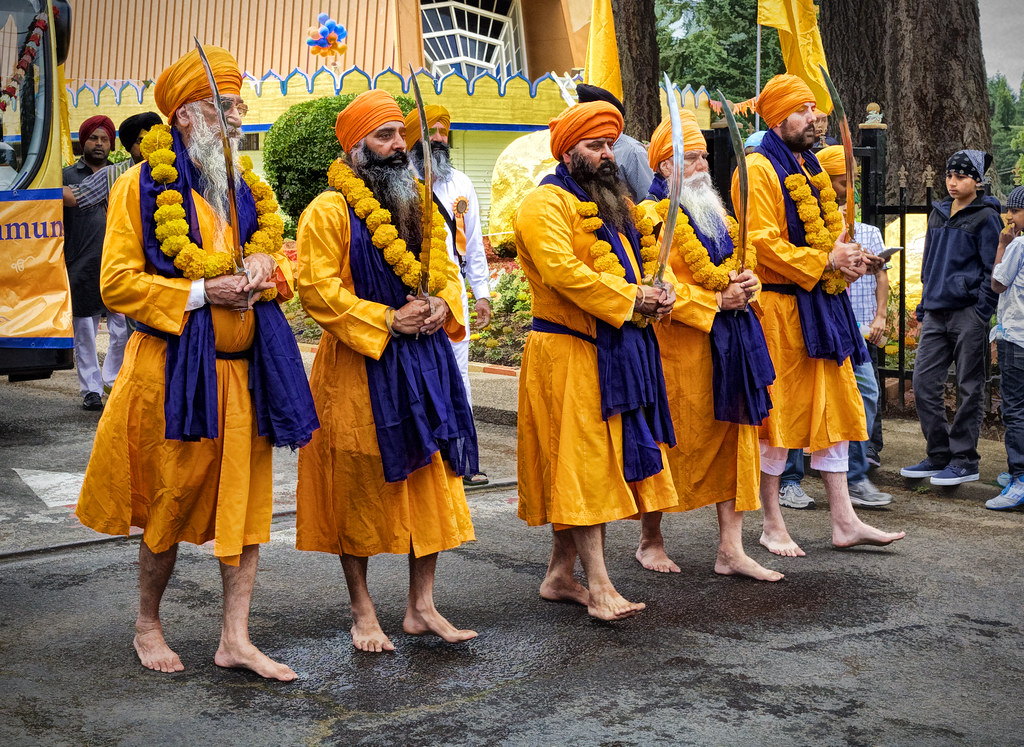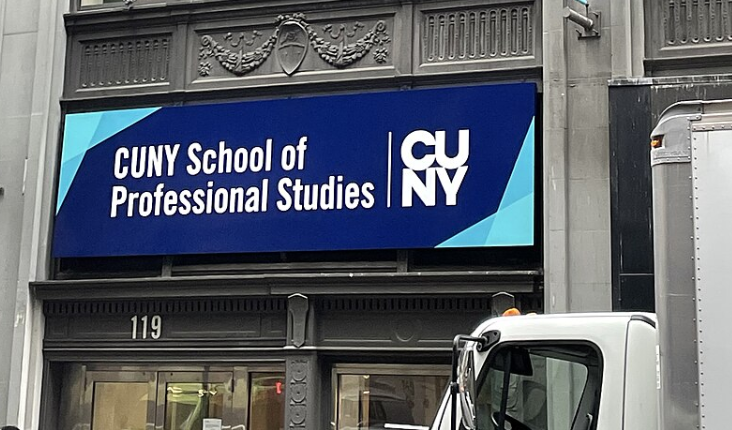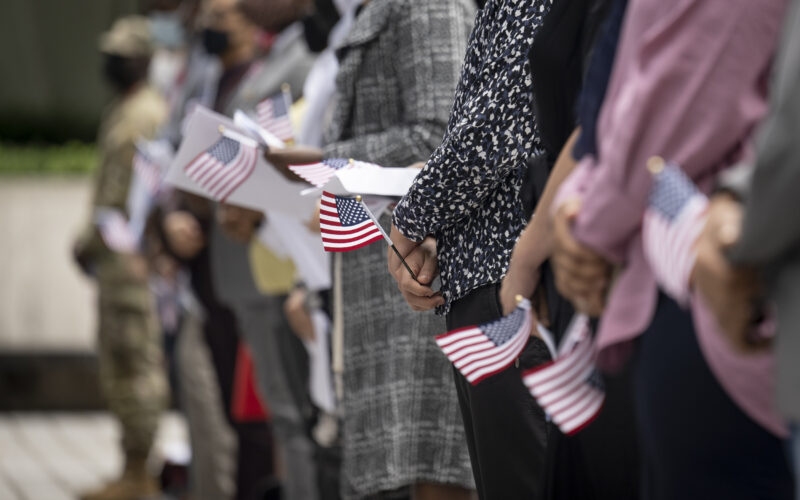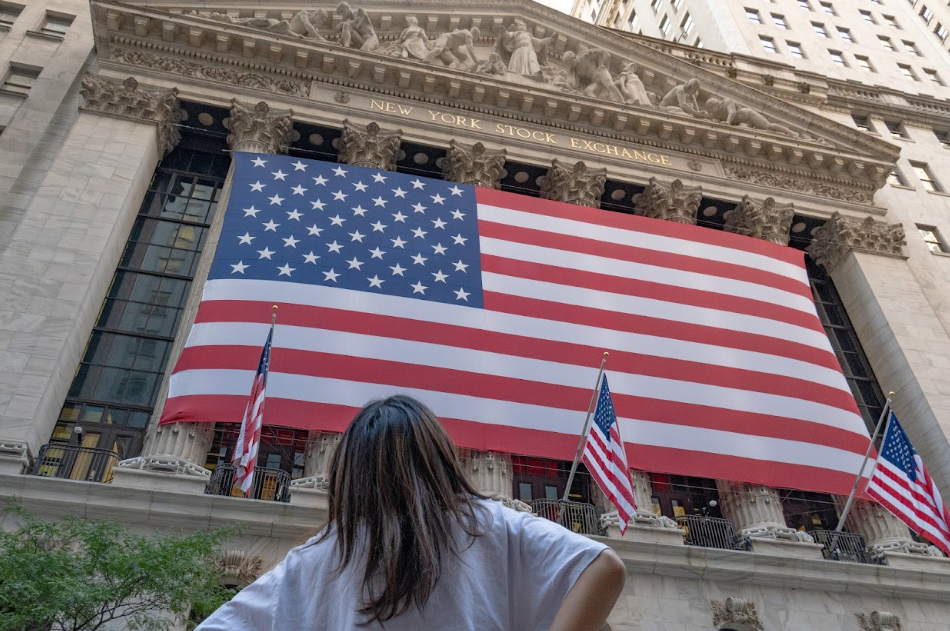Sikhism is an underlooked religion in the world today. When India is referenced in history classes or at work-related events, Sikhism is either not mentioned or explained correctly. However, Sikhism has a lot to offer and more students should learn about the religion.
One way that students can learn more about Sikhism is by attending the Sikh Day Parade, which will be going through Manhattan on Madison Avenue from 12 p.m. to 4 p.m. on April 27. The parade will feature floats with the first one being where the last, non-human Guru, the Guru Granth Sahib, the Sikh holy book sits.
The parade is part of the celebration of Vaisakhi or Sikh Day, which is on April 13. Vaisakhi was the day that the tenth guru, Guru Gobind Singh created a new Sikh order, the “Khalsa” where men were given the surname ‘Singh’ and women were given ‘Kaur’ which mean lion and lioness, respectively.
Sikhism is one of the world’s youngest religions, created in 1469 by the first of 10 Gurus, Guru Nanak Dev Ji in Punjab, North India. Sikhs worship in Gurudwara, otherwise known as a Sikh Temple. This is where Sikhs and non-Sikhs come to listen to hymns played by instruments, gather with the community and have a hot meal at any time of day.
Sikhism is rooted in kindness and goodwill. During COVID-19, many Sikhs and non-Sikhs confirmed that Gurudwaras were becoming civil spaces to form communities.
Moreover, the generous volunteer service of the Sikh community known as “seva” is no secret. During the pandemic, Sikhs traveled around the world providing “langar,” or food, for the community. Sikhs provided up to 1,500 free, fully vegetarian meals containing rice, lentils and vegetables.
Sikhs also provided oxygen tanks and N95 masks for families in India who were running out of oxygen and space for new patients.
Vaisakhi marks the second month on the Sikh calendar, coming after the first month called ‘Chet.’ Chet is the month that indicates where plants in Punjab start to grow. The month of ‘Vaisakh’ means that the plants have grown and are ready for harvest.
During the parade, the “sangat,” or community, follows behind the Guru Granth Sahib because turning one’s back towards the Guru is considered disrespectful.
Snacks will be served such as a hot, sweet snack made out of butter, sugar and flour called Kada Prasad, which is traditionally shared by the entire sangat from the same bowl. There will also be dry fruits and other sweets served while making way to the parade’s final stop. Lastly, everyone will gather at Madison Square Park for bread, vegetables, ice cream and more.
Another way students can become involved is by coming to events of Baruch College’s Sikh club, the “Baruch United Sikh Association.” The club hosts entertaining and educational events, such as “Turban Day 2024,” which was hosted on the second-floor lobby and allowed students to get a turban tied and a picture taken.
“I think it’s unique to Sikhism that we put others first, even if it costs our lives. When Panja Sahib happened, hundreds of people from the Sikh community sat on the train tracks to give langar to Indian revolutionaries,” Balraj Sodhi, a Baruch graduate and former BUSA member, said.
“To me, Sikhi is more than a faith. It’s a way of life…remembering the teachings of our Sikh Gurus and I am reminded to treat everyone with dignity and respect…all people should be treated with the utmost respect,” Ikroop Singh, President of BUSA, said.
Another way for everyone to become more aware of the Sikh culture and community is by visiting a Sikh Temple or Gurudwara as there are hundreds right in New York City. However, it is important to check the required guidelines before entering a Sikh Temple
Sikhism welcomes everyone to come join the community to listen to prayer and to eat beside others. Vaisakhi is an auspicious event and everyone is encouraged to join the traditions of Sikhism.







